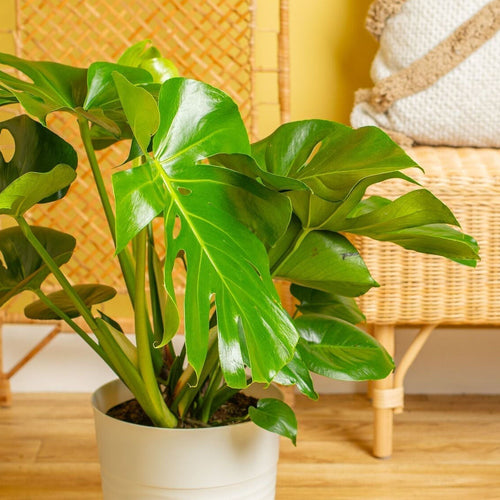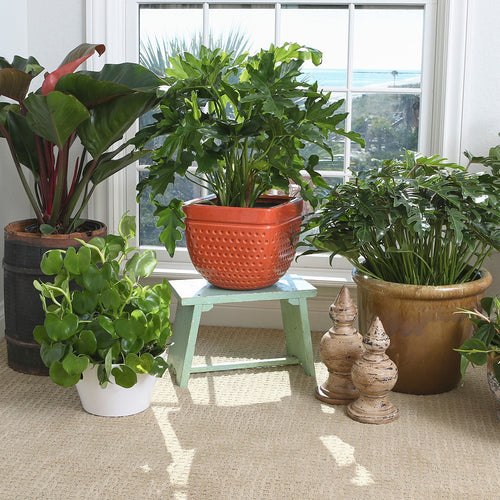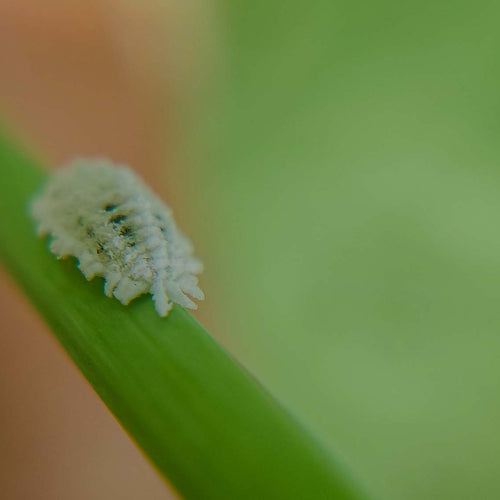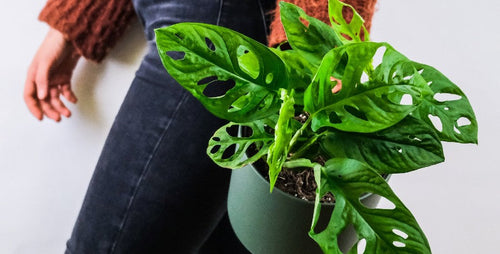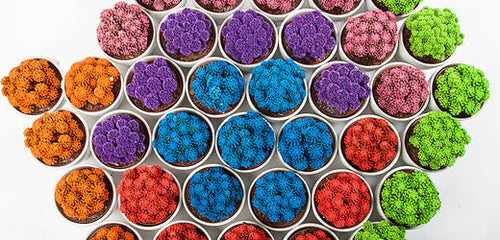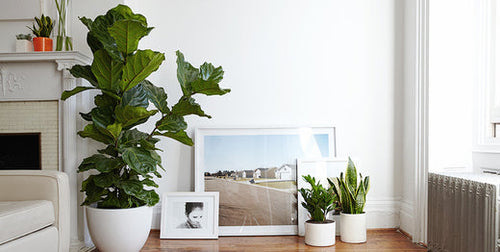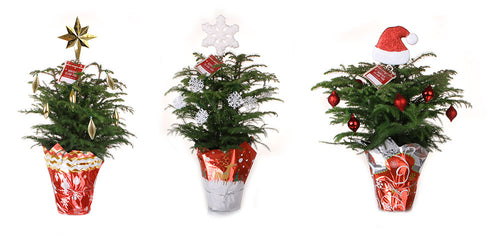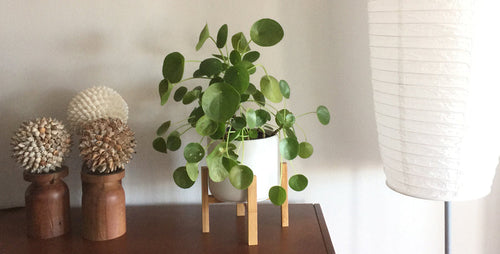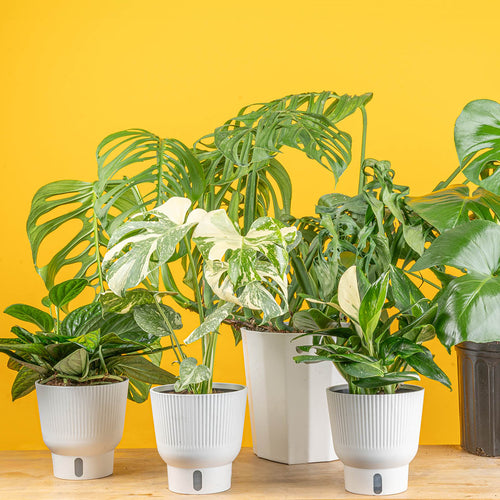Most houseplants can live happily in the same pot for years. But some fast-growing species such as philodendron or pothos may outgrow their home and need repotting every year or so. You can generally tell if a plant requires a new pot if you notice the roots are growing out of the drainage holes. Another telltale sign is if water runs right through the pot and out the drainage holes every time you offer moisture.
Of course there are some plants, such as orchids and snake plant, that don't mind cramped quarters, but even they need a new home as their roots become tangled.
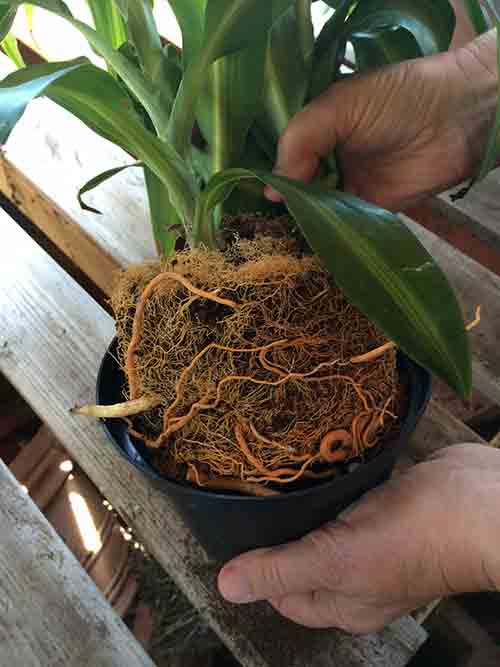
STEP ONE
Gently remove the plant from the pot and check its roots. If they are tangled, circling tightly around the inside of the pot, or if a lot of the soil is missing, it's time for an upgrade. Find a pot that's about an inch or two wider than the pot your plant is growing in.
STEP TWO
Choose the new pot carefully. Clay (terra-cotta) pots look beautiful, but are porous so the soil will dry out faster. They are perfect for plants that prefer quick drainage such as succulents, cacti, orchids, ponytail palm, and snake plant, It helps to soak them in water for a few hours before you plant, otherwise they have a tendency to suck the water out of the soil. Plastic pots hold soil moisture longer so use them with tropical houseplants such as anthurium, spathiphyllum, African violet, and ferns. But, no matter what type of pot you choose, make sure it has a hole in the bottom to allow excess water to drain away. Use a pot that's about 2 inches wider than the one your plant is living in.
STEP THREE
Use a quality commercial potting soil designed for indoor plants; there are even soil mixes sold for specific plant types such as cactus or African violets. Do not use soil from your garden. The perfect soil should be light and fluffy, with a generous helping of compost and sterilized organic matter that will help hold soil moisture. Inexpensive potting soil is not always a bargain because it may be too heavy and hold too much moisture.

STEP FOUR
Fill the pot with soil until the crown of the plant (where the roots join the stem) is at the same level as it was growing previously. Gently pack the soil around the roots and water to eliminate air pockets. After planting, add a saucer to catch excess water. Don't feed your plants at this time. In fact, if you are repotting in the fall, you might want to hold off on fertilizer until early spring. Plus, keep in mind that many potting soils already have fertilizer mixed in so don't worry too much about feeding your plants right away.







